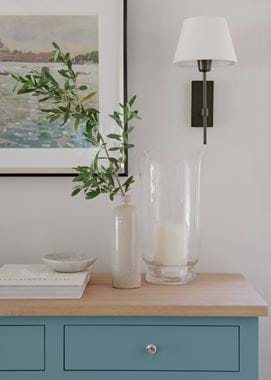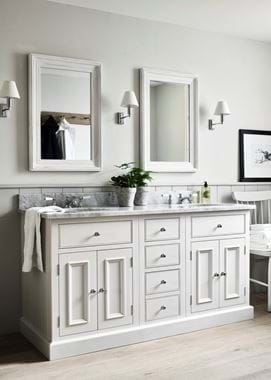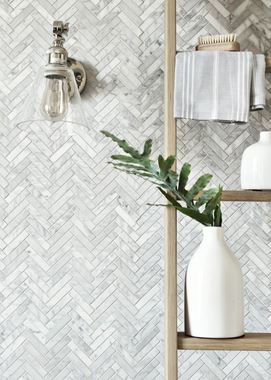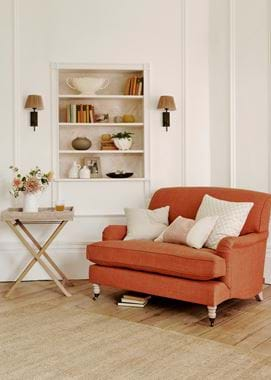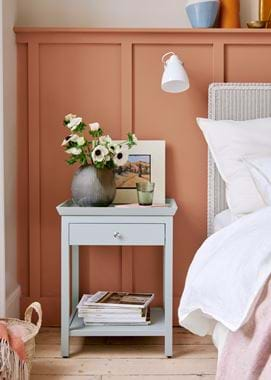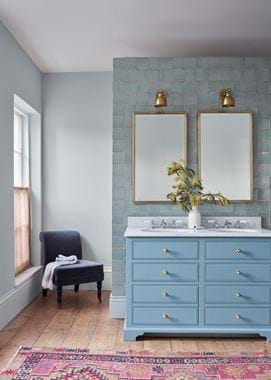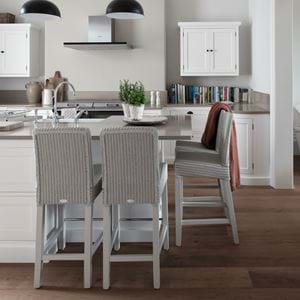Wall lights and why they work
Wall lights and why they work
Lighting should always be looked at in layers. Ceilings lights alone will make a room too harsh, too bright. Lamps by themselves can be too murky and too sombre when they’re a room’s only light source. Wall lights therefore, are just one of the various lighting components that your home should look to, and one that should absolutely not be overlooked.
Wall lights, or sconces as they’re sometimes called, have come a long way since their medieval origins. They began as torches, constructed from timber or wrought iron with a flame at the other end. They would be held to guide the way before being attached to a bracket in the wall. Versatility in design and use have been part of their DNA from the word go – two traits that have very much remained as the centuries have gone by.
Use them in a…
Bathroom: in a bathroom, use a pair to flank a mirror, the symmetry creates visual balance and the even lighting limits shadows – especially important for applying make-up or a morning shave. Just be sure to choose one that has the suitable IP rating for where it’s positioned in the room (John Cullen have a helpful guide for this).
Kitchen: it’s easy to think a kitchen is all about ceiling lights, be it spotlights or pendants. But, the layered lighting approach is just as important in every living space (see our blog on kitchen lighting). Try putting a slim wall light (such as Hanover) either side of the cooker – a part of the kitchen where less lighting is needed, unlike food preparation areas or near the sink. Its partnering shade will cast a small pool of light downwards onto the hob, it won’t get in the way, and it’ll add visual interest.
Bedroom: in a small bedroom, wall lights are perfect where space is limited and so a bedside lamp might be out of the question. The wiring can be chased into the plaster so the light becomes part of the fabric of the room. And don’t forget to factor in a switch at either side of the bed to make life easier. Even if you have a more spacious bedroom, wall lights are worth thinking about, leaving more room for bedside books and a keepsake or two.
Sitting room: much like in the kitchen, a living room is one of the rooms where there’s usually space for pendants, table and floor lamps, and wall lights too. Above eye level is a good place to position them so that you avoid any glare, but also consider moving them much lower so that they become handy little reading lights that can be pulled out to illuminate the pages of your book underneath – this only really works with extending arm designs like Keats.
Hallway or landing: wall lights are just perfect for illuminating awkward nibs that would otherwise be ignored, or designs like Browning are highly effective at the very end of a walkway – it creates something lovely to walk towards.
Use them to…
Create task lighting: from the sitting room’s reading lamp over a sofa (mentioned above), to helpful little pops of lighting in areas where you need them most. Task lighting may be first and foremost about function – providing light on areas where you perform certain ‘tasks’ – but when you start to pay close attention to every area that would benefit from extra lighting, it quickly becomes a considerate design feature. Think about a desk in a home office. You might have a lamp, but an extra little light like Foster, positioned low down on the wall and a few inches above the tabletop, is a far-from-ordinary touch that’s perfect for extra illumination when writing letters or birthday cards.
Highlight features and artwork: use wall lights to down-light artwork (cast light below and onto the art that’s on your walls), and to up-light architectural elements (where you angle the shade to throw light upwards) such as doorways, alcoves, recessed spaces and beneath the stairs – it’ll actually make the space feel larger. Double-armed designs such as Keats and Brompton are helpful here, or smaller designs like Foster and Byron, all of which can be pulled out, twisted or folded back to direct the beam. We also love to wire them into a larger bookcase – it makes your display of literature all the more of a feature.
Spread light: if you choose a more traditional style of wall light with a little lampshade, like Hanover or Brunswick, their shades allow the light to wash both up and down. It creates more light, but also a flare effect that encourages the light to spread outwards.
Act as art: some wall lights are attractive enough to act as art for your walls in their own right. Take Garrick for example, with its individually sculpted oak leaves that twist and wind their way up to, and around, the candle-shaped bulbs. And the hinged designs mentioned earlier are so angular and sculptural in their aesthetic, that they create a spectacle even when they’re not turned on.
Browse our collection of wall lights.

